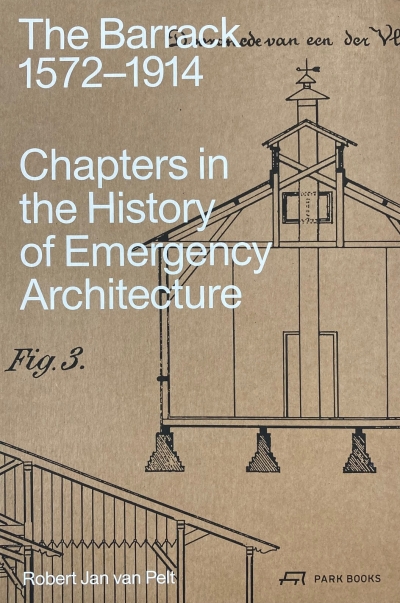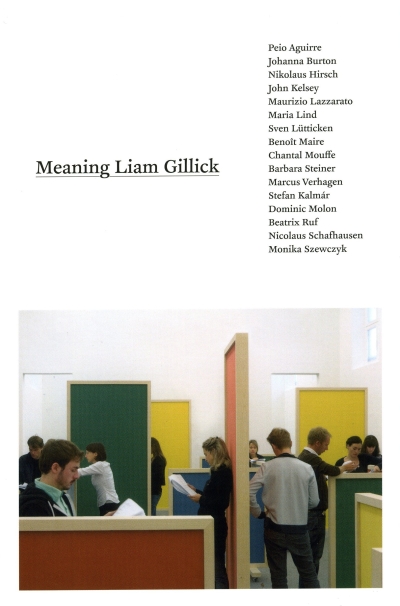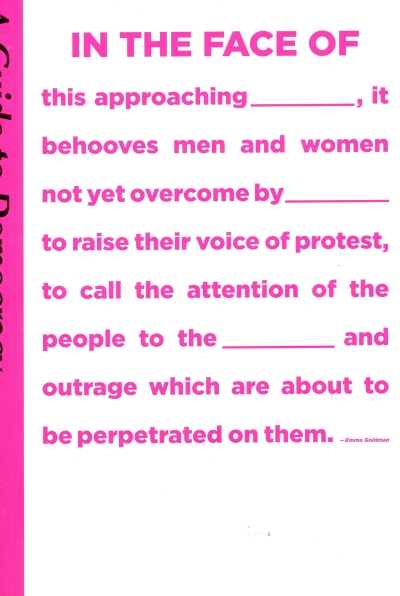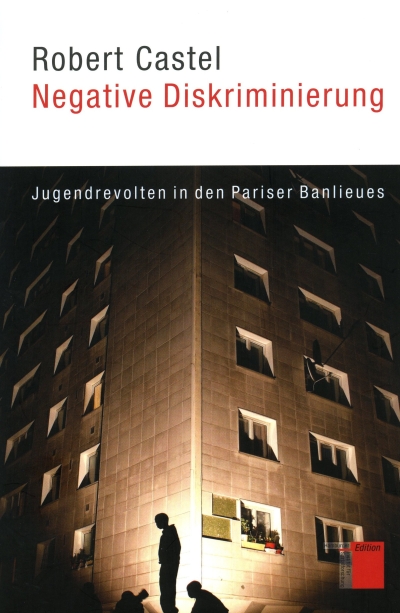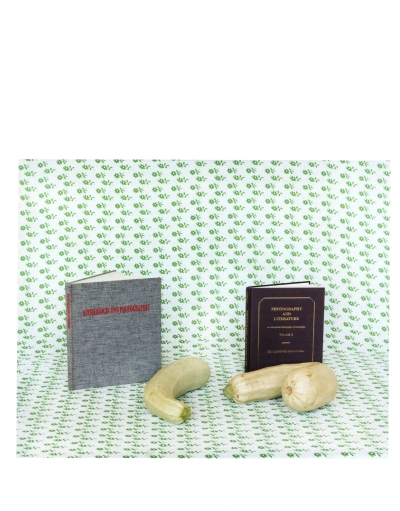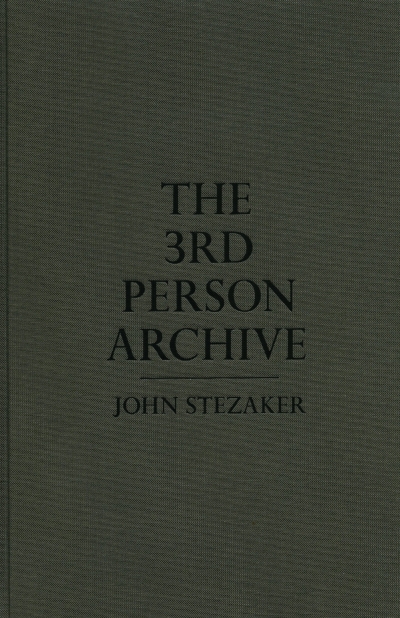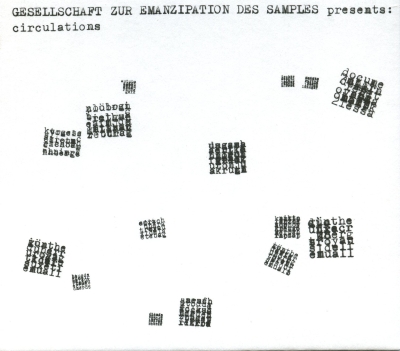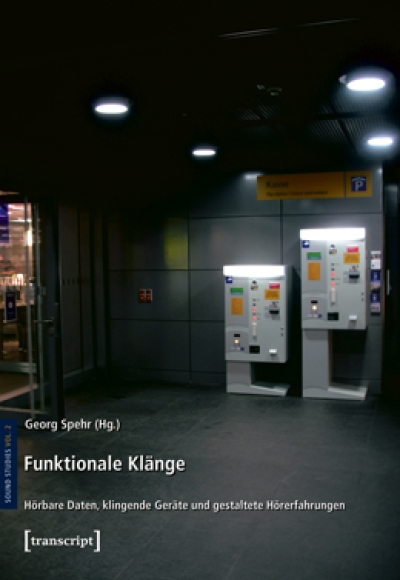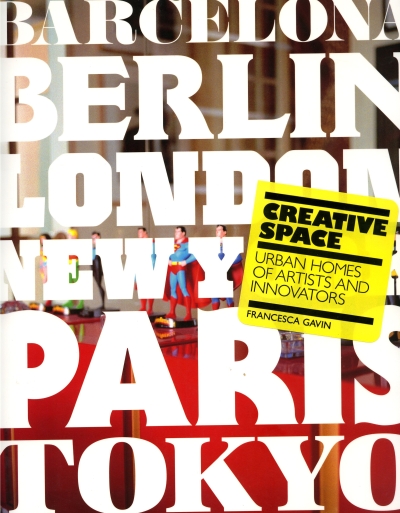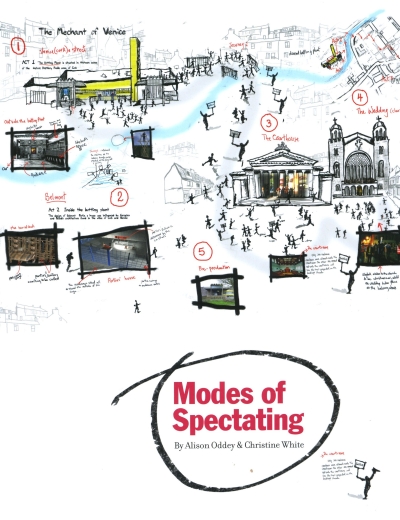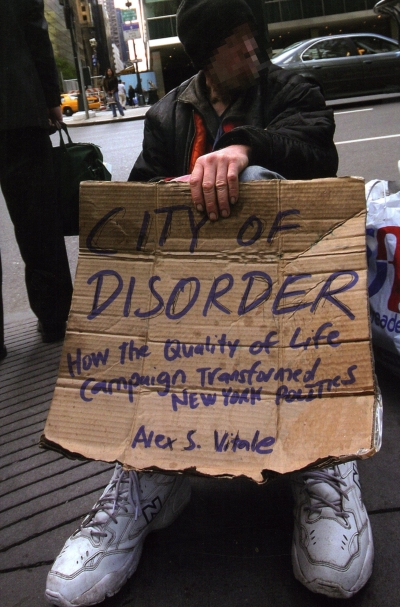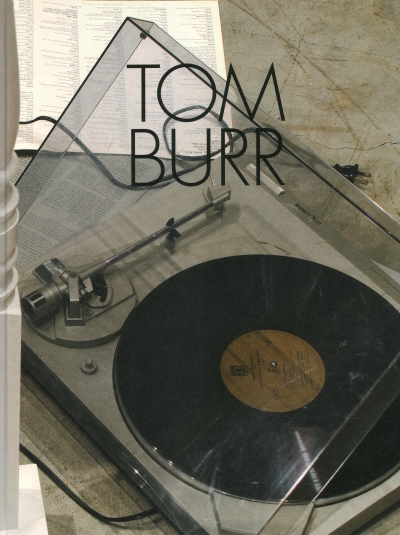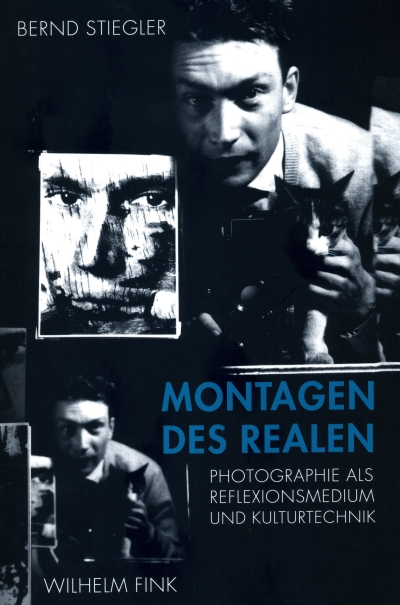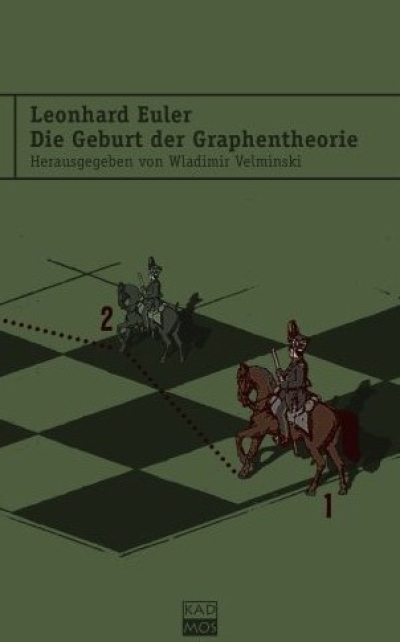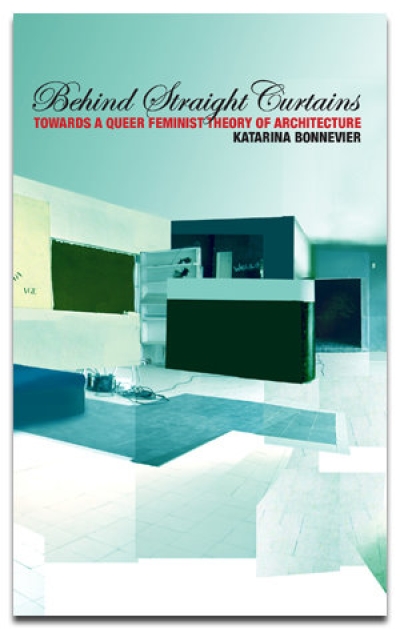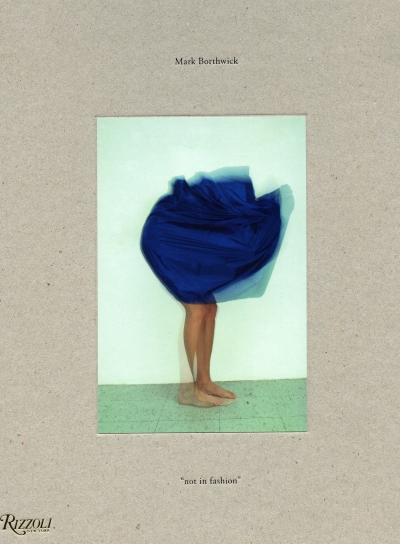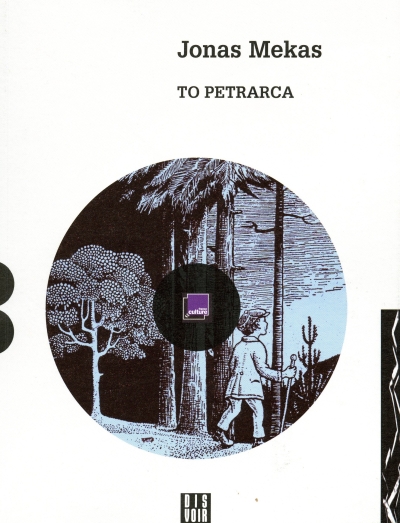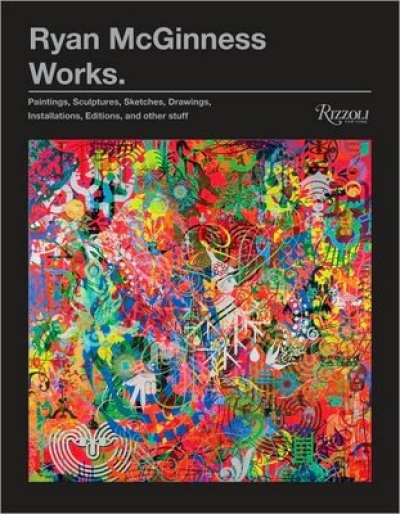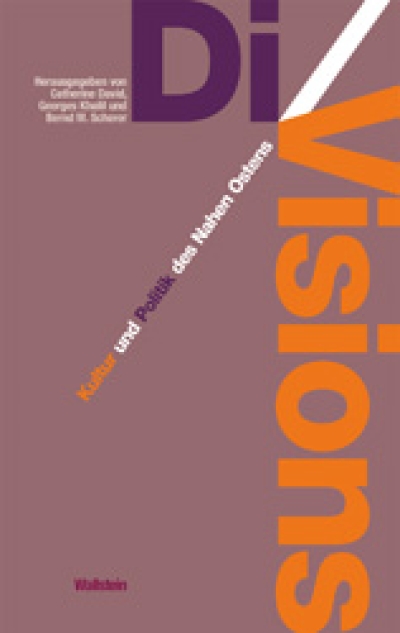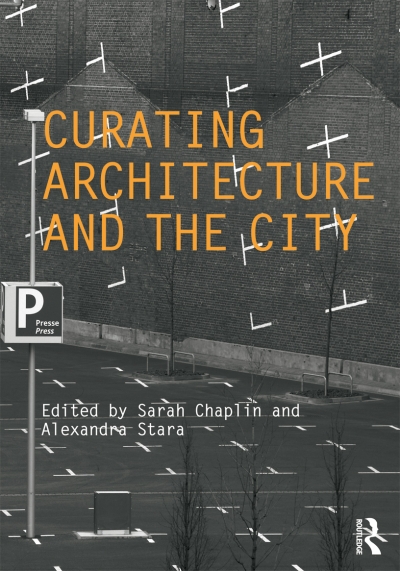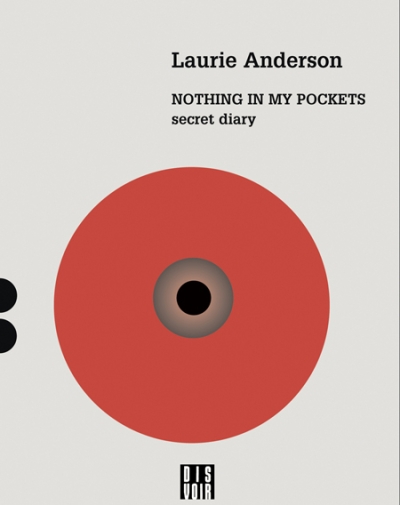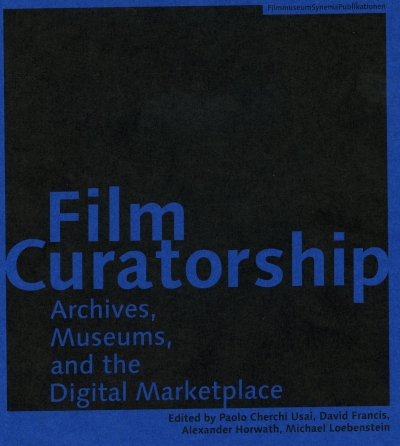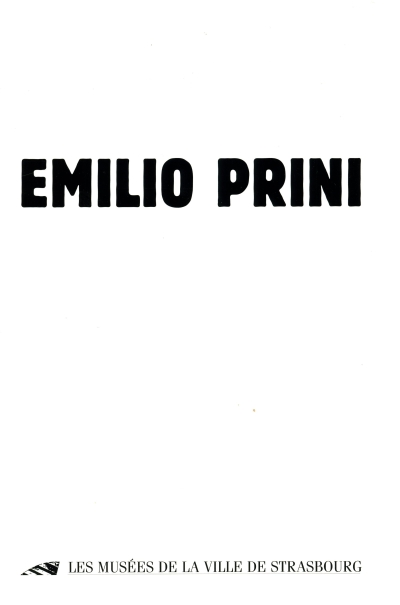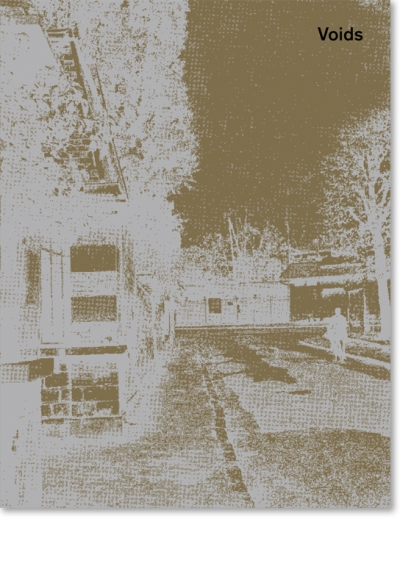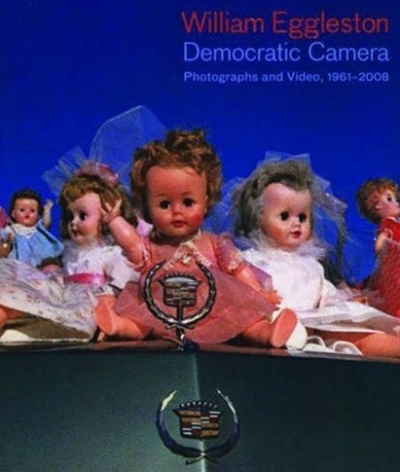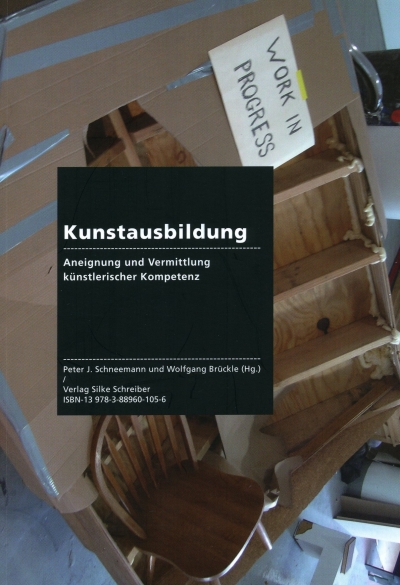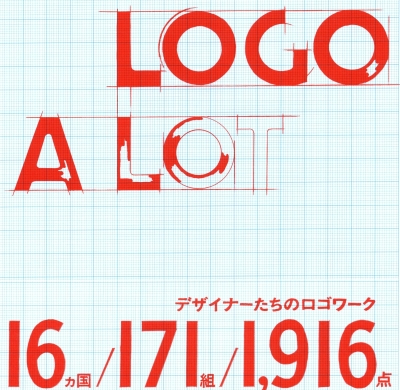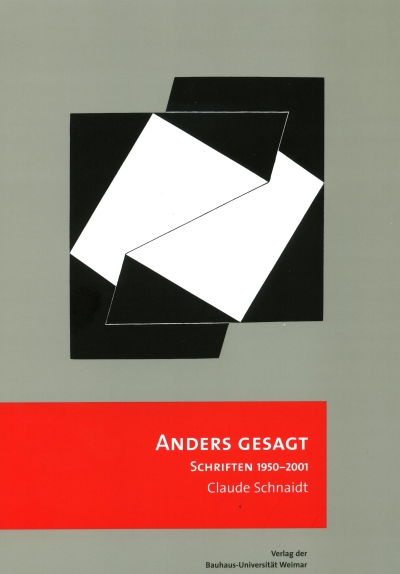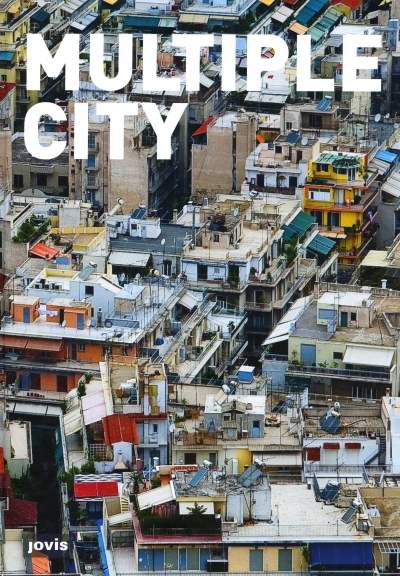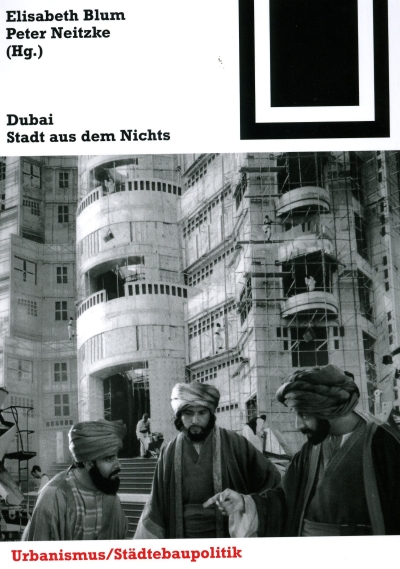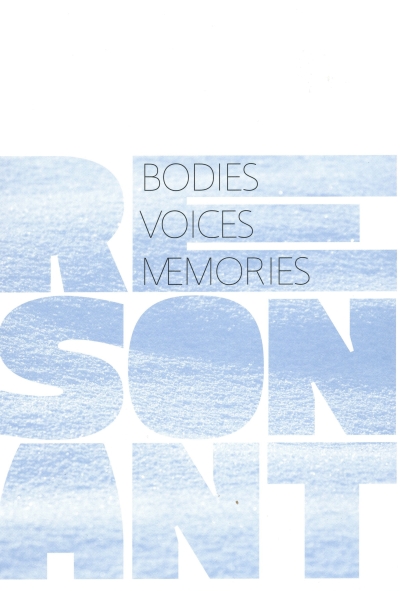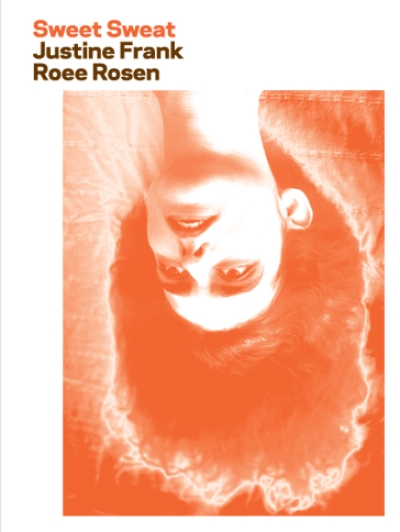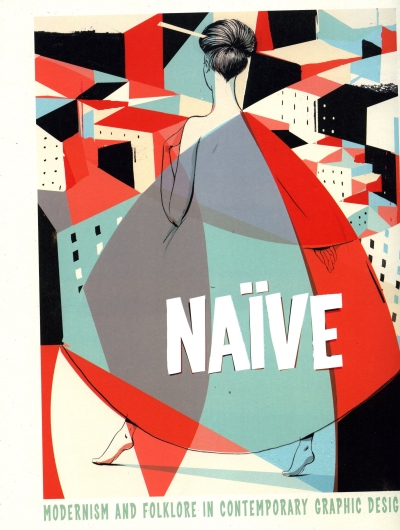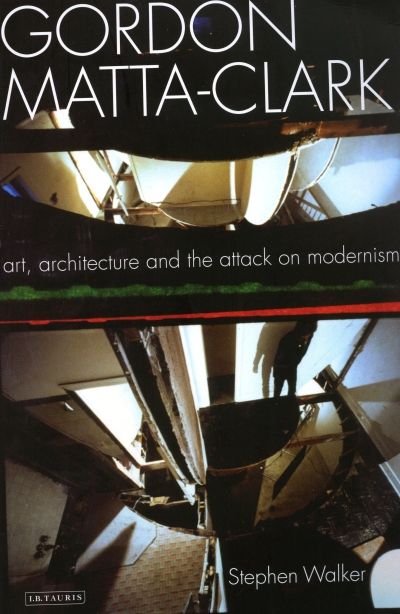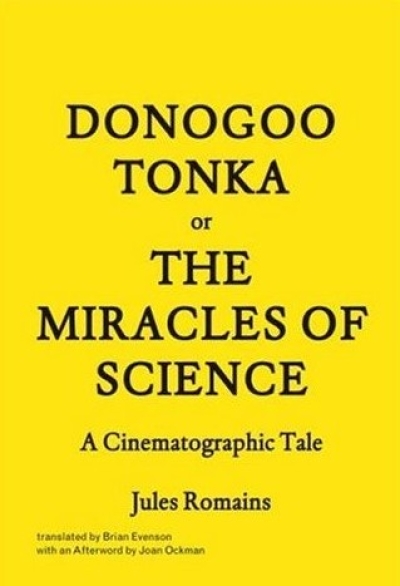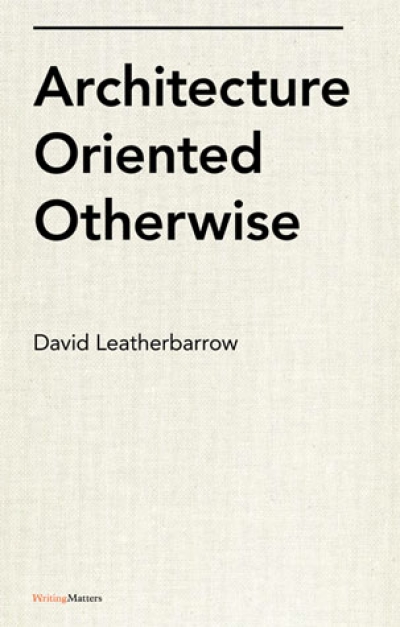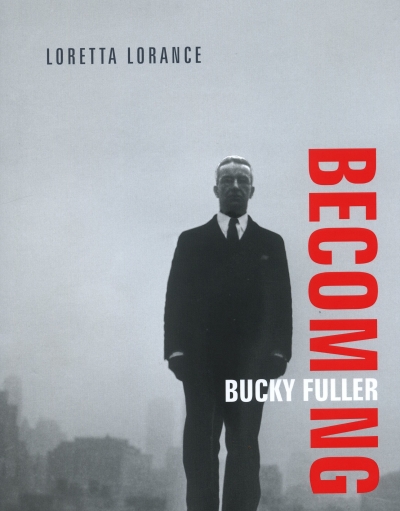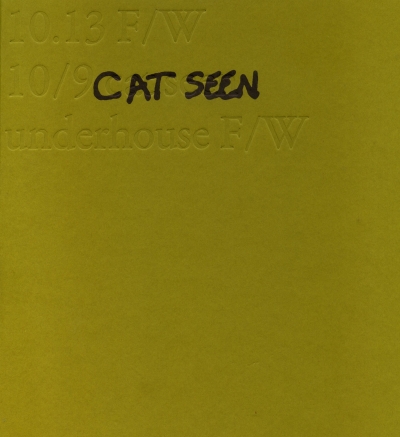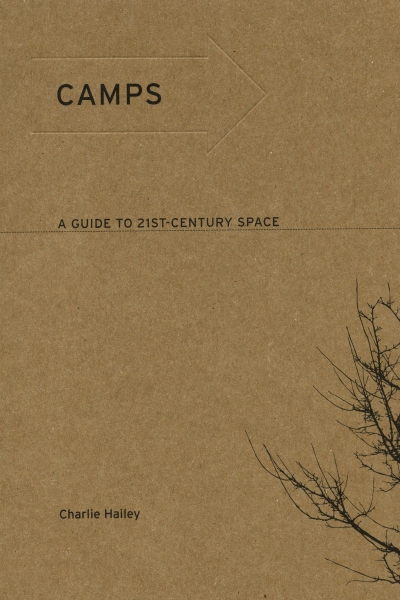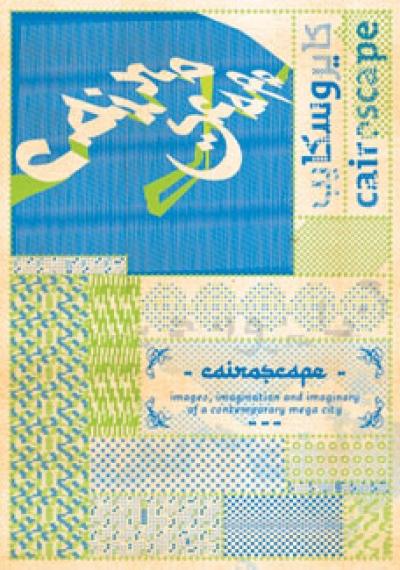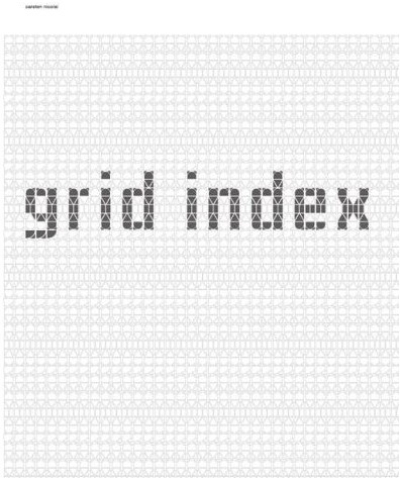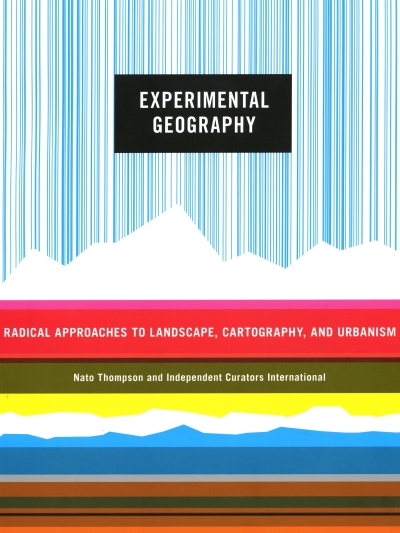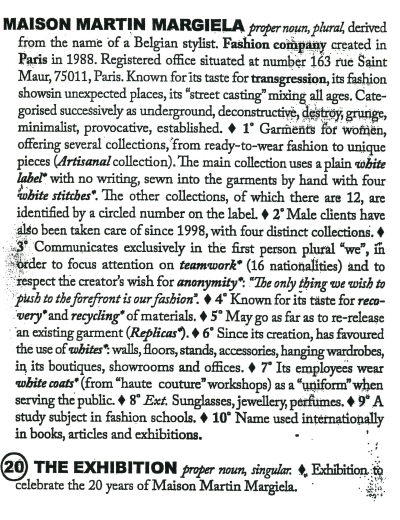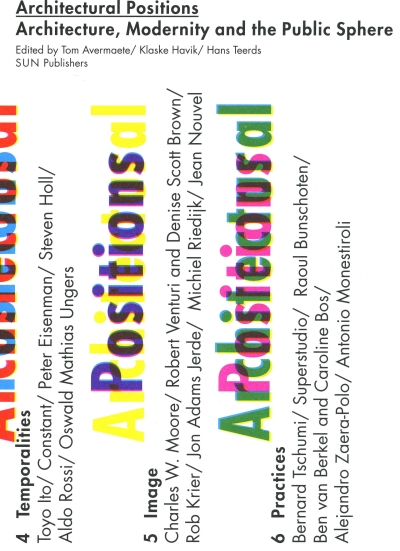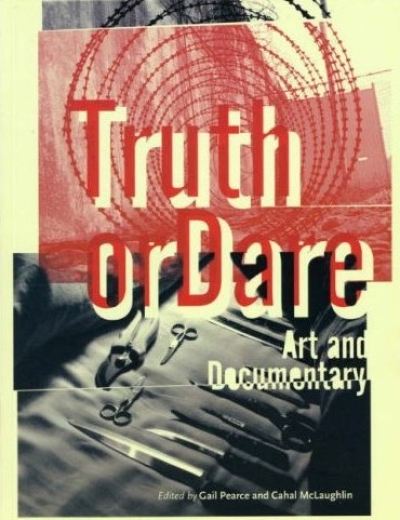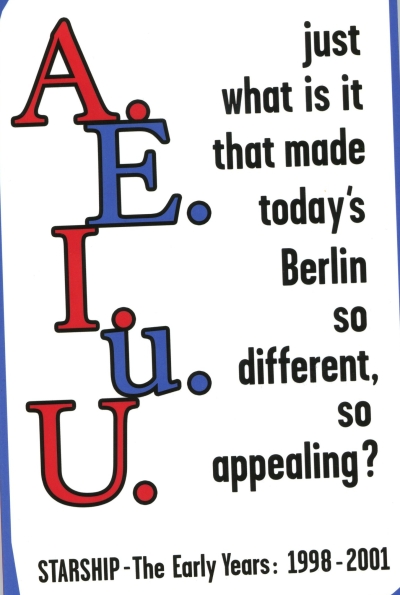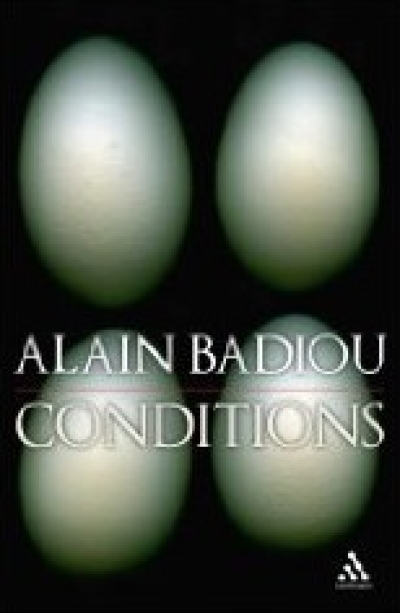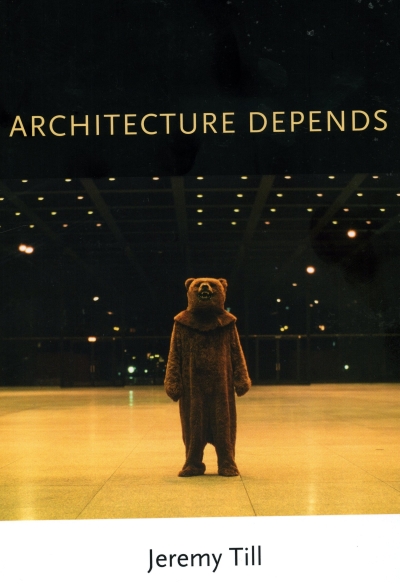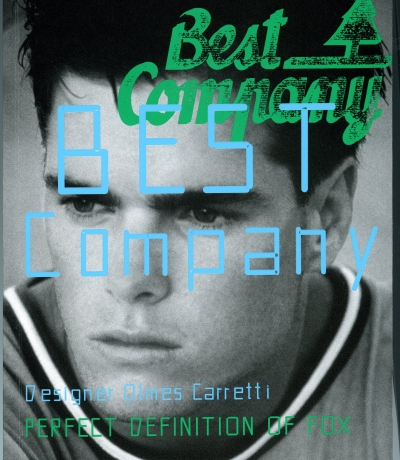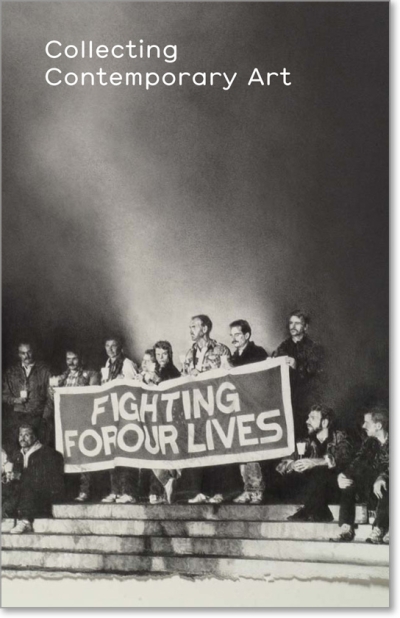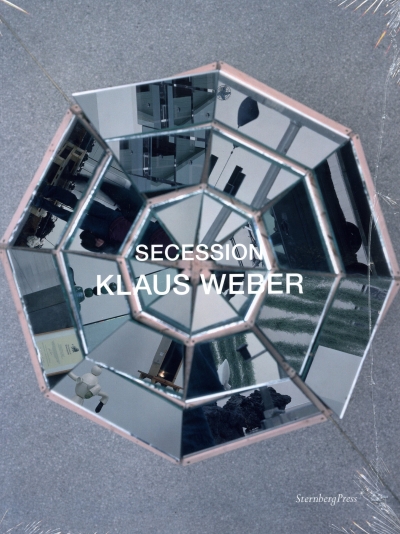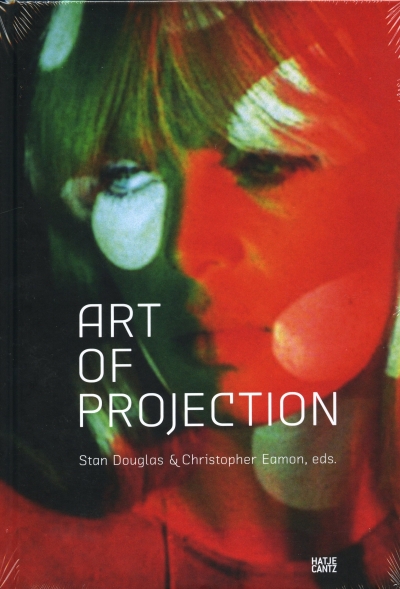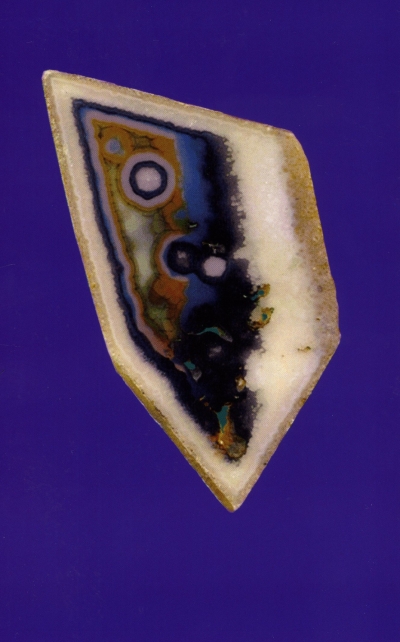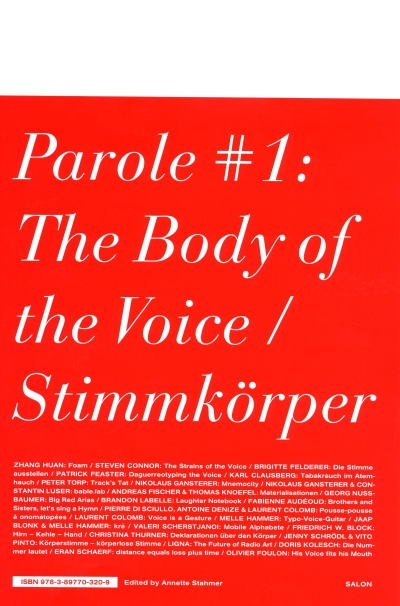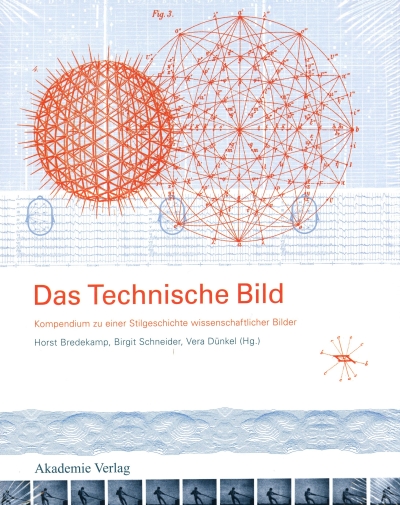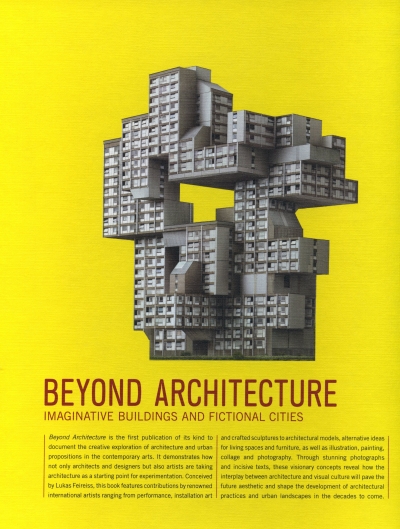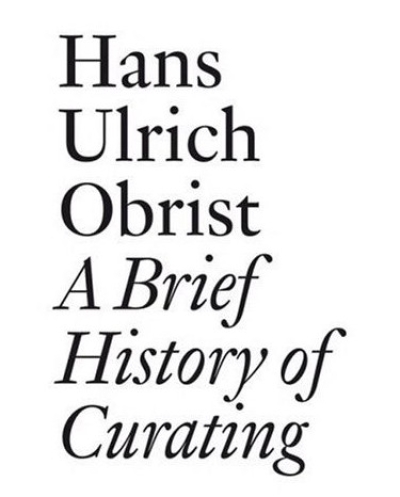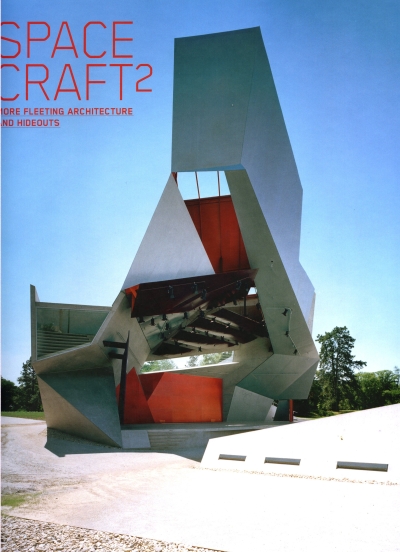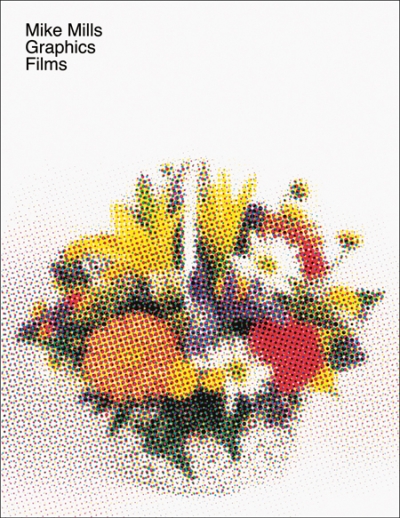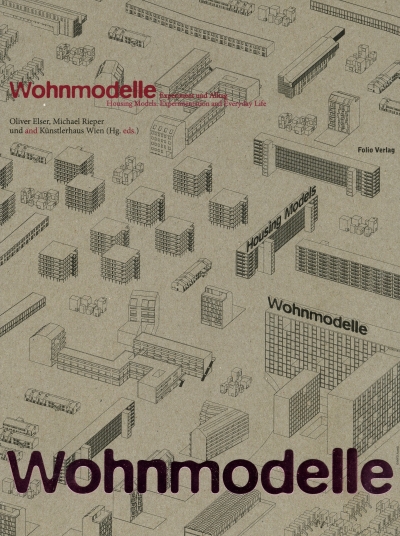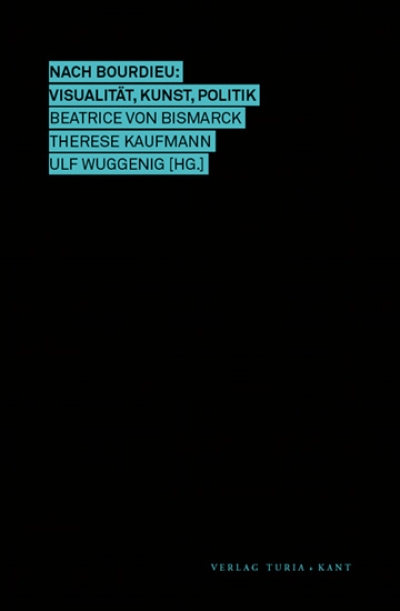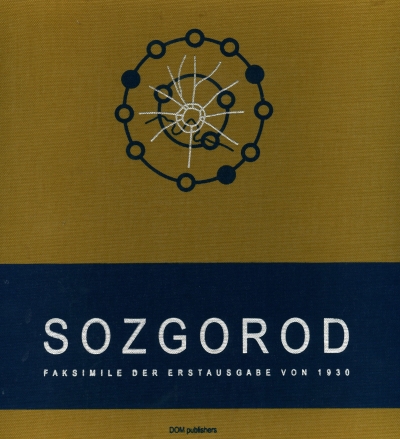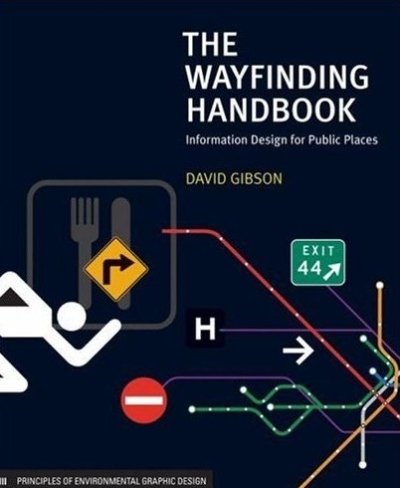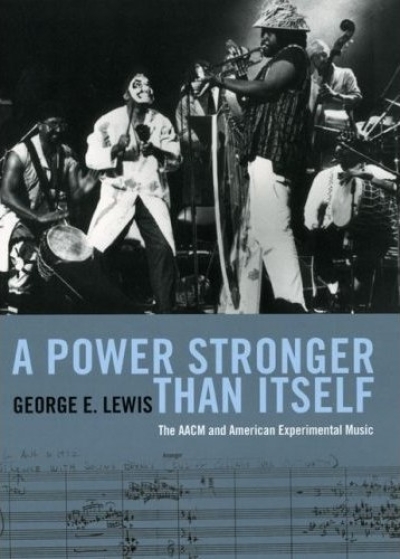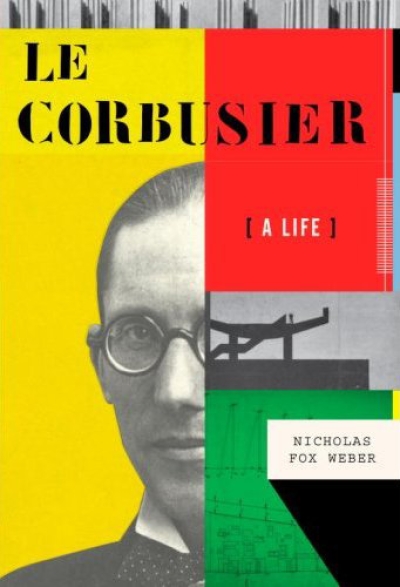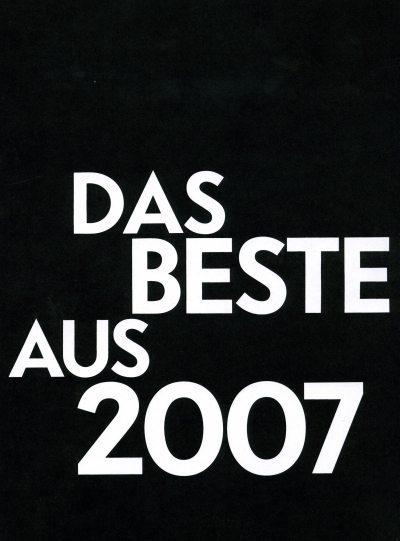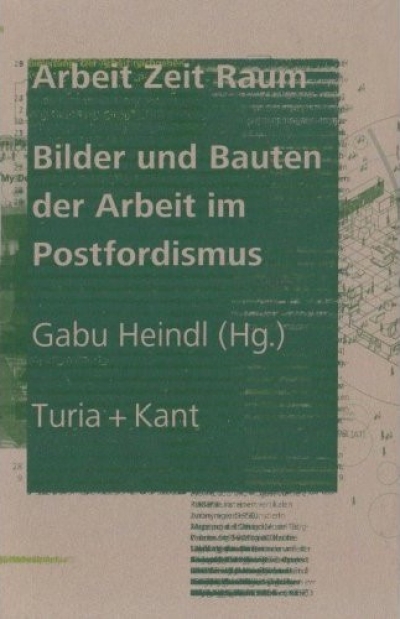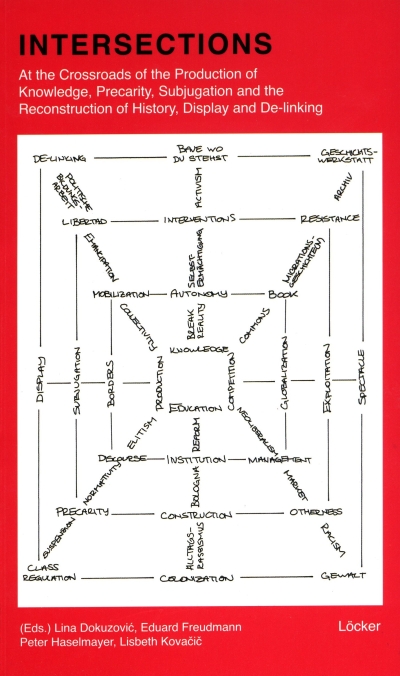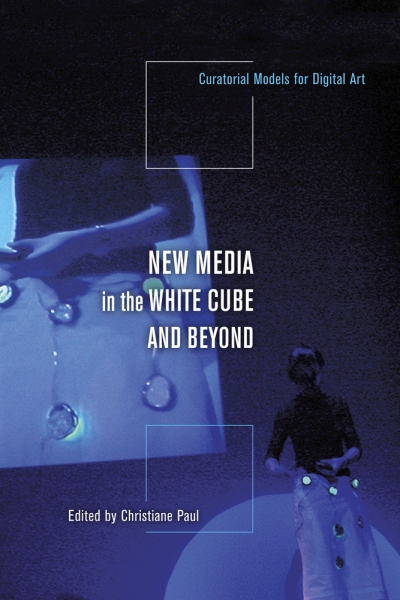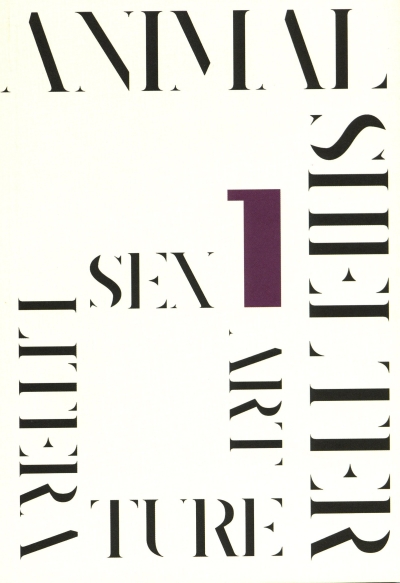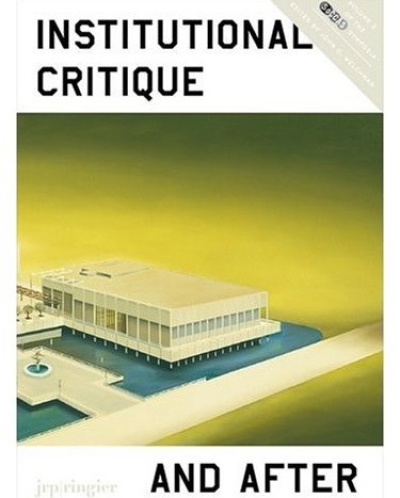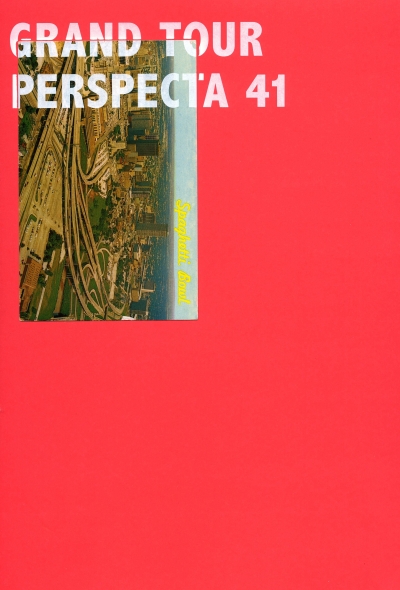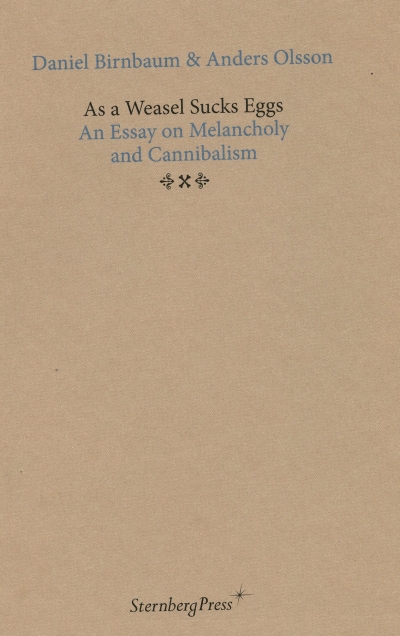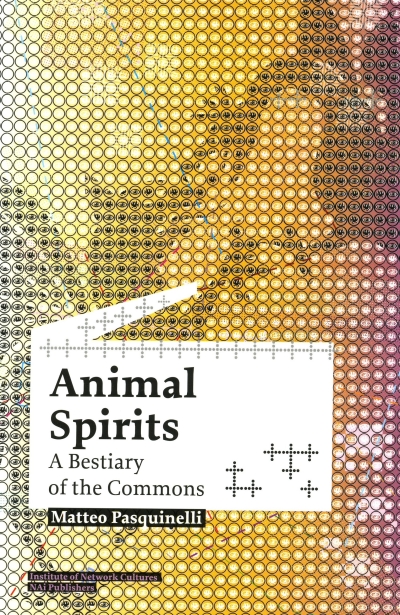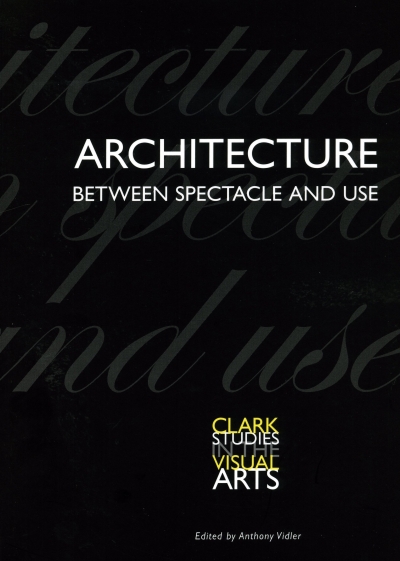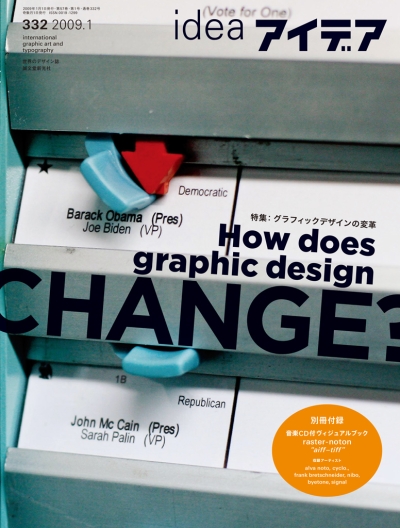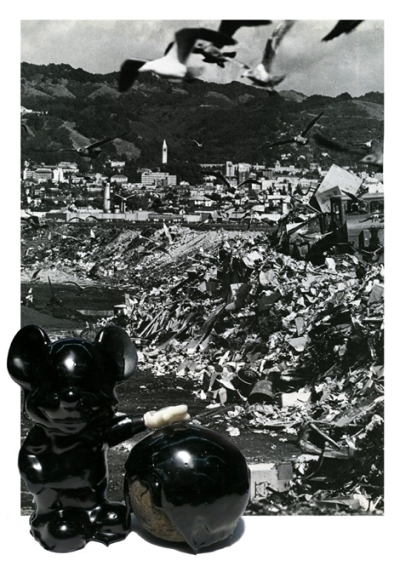Monika Szewczyk (Hg.)
Meaning Liam Gillick
Nato Thompson (Hg.)
A Guide to Democracy in America
Jan Wehrheim
Der Fremde und die Ordnung der Räume
Robert Castel
Negative Diskriminierung. Jugendrevolten in den Pariser…
Louis Althusser, Etienne Balibar
Reading Capital
Susanne Pfeffer, Beatrix Ruf, Nicolaus…
Annette Kelm
John Stezaker
The 3rd Person Archive
Eva Egermann, Anna Pritz (Hg.)
School Works. Beiträge zu vermittelnder, künstlerischer und…
Faitiche/Jan Jelinek (Hg.)
Die Gesellschaft zur Emanzipation des Samples presents:…
Georg Spehr (Hg.)
Funktionale Klänge. Hörbare Daten, klingende Geräte und…
Francesca Gavin
Creative Space. Urban Homes of Artists and Innovators
Alison Oddey, Christine White
Modes of Spectating
Alex S. Vitale
City of Disorder. How the Quality of Life Campaign…
Alain De Botton
The Pleasures and Sorrows of Work
Kunstmuseum Basel, Lenbachhaus München…
Tom Burr
Bernd Stiegler
Montagen des Realen. Photographie als Reflexionsmedium und…
Michaela Ott, Harald Strauß (Hg.)
Ästhetik + Politik. Neuaufteilungen des Sinnlichen in der…
Terry Wilson
Tamla Motown. The Stories Behind The UK Singles
John Robb
The North Will Rise Again. Manchester Music City 1976-1996
Iain Morland (Hg.)
Journal of Lesbian and Gay Studies. Intersex and After.…
Wladimir Velminski (Hg.)
Leonhard Euler. Die Geburt der Graphentheorie
Katarina Bonnevier
Behind Straight Curtains. Towards a Queer Feminist Theory…
Mark Borthwick
Not in Fashion
Jonas Mekas
To Petrarca
Peter Halley
Ryan McGuinness Works. Paintings, Sculptures, Sketches,…
Catherine David, Georges Khalil, Bernd…
Di/Visions. Kultur und Politik des Nahen Ostens
Sarah Chaplin, Alexandra Stara (Hg.)
Curating Architecture and the City
Laurie Anderson
Nothing in My Pockets
Paolo Cherchi Usai, David Francis,…
Film Curatorship. Archives, Museums, and the Digital…
Emilio Prini
Fermi in Dogana, Ancienne Douane 4.11.1995 - 14.1.1996
J. Armleder, G. Metzger, P. Pirotte, u.…
Voids. A Retrospective
Elisabeth Sussman
William Eggleston. Democratic Camera. Photographs and Video…
Peter J. Schneemann, Wolfgang Brückle (…
Kunstausbildung. Aneignung und Vermittlung künstlerischer…
Sayaka Ishi (Hg.)
Logo a Lot
Kouichi Yabuuchi (Hg.)
Neon Addict. The Fluorescent Color Book
Claude Schnaidt
Anders gesagt. Schriften 1950-2001
Sangeeta Ray
Gayatri Chakravorty Spivak. In Other Words
Sophie Wolfrum, Winfried Nerdinger (Hg.)
Multiple City. Stadtkonzepte 1908 I 2008
Elisabeth Blum, Peter Neitzke
Dubai. Stadt aus dem Nichts. Ein Zwischenbericht über die…
A. Bangma, D.M. Donoghue, L. Issa, K.…
Resonant Bodies, Voices, Memories
Justine Frank, Roee Rosen
Sweet Sweat
R. Klanten, H. Hellige (Hg.)
Naïve. Modernism and Folklore in Contemporary Graphic Design
Stephen Walker
Gordon Matta-Clark. Art, Architecture and the Attack on…
Sven-Olov Wallenstein
Biopolitics and the Emergence of Modern Architecture
Jules Romains
Donogoo Tonka or the Miracles of Science. A Cinematographic…
David Leatherbarrow
Architecture Oriented Otherwise
Loretta Lorance
Becoming Bucky Fuller
Karin Bijsterveld
Mechanical Sound. Technology, Culture, and Public Problems…
Andrew Losowsky (Hg.)
We Make Magazines. Inside the Independents
Jörg Koopmann (Hg.)
Cat Seen (bwab #1)
Charlie Hailey
Camps. A Guide to 21st-Century Space
Marina Sorbello, Antje Weitzel (Hg.)
Cairoscape. Images, Imagination and Imaginary of a…
Carsten Nicolai
Grid Index
Nato Thompson (Hg.)
Experimental Geography. Radical Approaches to Landscape,…
Mourad Boutros et al.
Talking about Arabic (Dot-Font)
MoMu (Hg.)
Maison Martin Margiela 20. The Exhibition
Jens Müller, Karen Weiland, Dt.…
Film Kunst Grafik. Ein Buch zur neuen deutschen Filmgrafik…
Tom Avermaete, Klaske Havik, Hans…
Architectural Positions. Architecture, Modernity and the…
Gail Pearce, Cahal McLaughlin (Hg.)
Truth or Dare. Art or Documentary
Hans-Christian Dany, Martin Ebner,…
Starship - The Early Years 1998 - 2001
Alain Badiou
Conditions
Jeremy Till
Architecture Depends
Olmes Carretti
Vier5. Best Company
Andrea Bellini (Hg.)
Collecting Contemporary Art
Alex Farquharson, Clemens Krümmel,…
Klaus Weber. Secession
Stan Douglas, Christopher Eamon (Hg.)
Art of Projection
Mariana Castillo Deball
Kaleidoscopic Eye
Annette Stahmer (Hg.)
Parole #1. The Body of the Voice / Stimmkörper (inkl. CD)
Richard J. Williams
Brazil. Modern Architectures in History
Horst Bredekamp, Birgit Schneider, Vera…
Das technische Bild. Kompendium für eine Stilgeschichte…
Berlin Haushoch Magazin Nr. 3
Charlottenburg
R. Klanten, L. Feireiss (Hg.)
Beyond Architecture. Imaginative Buildings and Fictional…
Hans Ulrich Obrist
A Brief History of Curating
R. Klanten, L. Feireiss (Hg.)
Spacecraft 2. More Fleeting Architecture and Hideouts
Aaron Rose (Hg.)
Mike Mills. Graphics Films
Oliver Elser, Michael Pieper,…
Wohnmodelle. Experiment und Alltag
Beatrice von Bismarck, Therese Kaufmann…
Nach Bourdieu. Visualität, Kunst und Politik
Nikolaj Miljutin
Sozgorod. Faksimile der Erstausgabe von 1930
A. Deuber-Mankowsky, C. Holzhey, A.…
Der Einsatz des Lebens
David J. Gibson
The Wayfinding Handbook. Information Design for Public…
George E. Lewis
A Power Stronger Than Itself. The AACM and American…
Nicholas Fox Weber
Le Corbusier. A Life
Cesare Casarino, Antonio Negri
In Praise of the Common. A Conversation on Philosophy and…
Dominikus Müller, Kito Nedo
Das Beste aus 2007
R. Klanten, S. Ehmann, M. Hübner (Hg.)
Tangible. High Touch Visuals
Gabu Heindl (Hg.)
Arbeit Zeit Raum. Bilder und Bauten der Arbeit im…
Lina Dokuzovic, Eduard Freudmann, Peter…
Intersections. At the Crossroads of the Production of…
Christiane Paul (Hg.)
New Media in the White Cube and Beyond. Curatorial Models…
Hedi El Kholti, Paul Gellman (Hg.)
Animal Shelter. Art, Sex & Literature, Issue 1
John C. Welchman (Hg.)
Institutional Critique and After. SoCCAS Symposium Volume…
Guy Debord
Correspondence. The Foundation of the Situationist…
Gabrielle Brainard, Rustam Mehta,…
Perspecta 41. Grand Tour. The Yale Architectural Journal
Daniel Birnbaum, Anders Olsson
As a Weasel Sucks Eggs. An Essay on Melancholy and…
Schoonderbeek, Geers, Patteeuw,…
OASE 75. 25 years of critical Reflection on Architecture
Matteo Pasquinelli
Animal Spirits. A Bestiary of the Commons
Anthony Vidler (Hg.)
Architecture Between Spectacle and Use
IDEA Magazine
IDEA 332. How does graphic design CHANGE?
Bogh, Grunnet, Hansen, Henriksen,…
SUM Nr. 5
